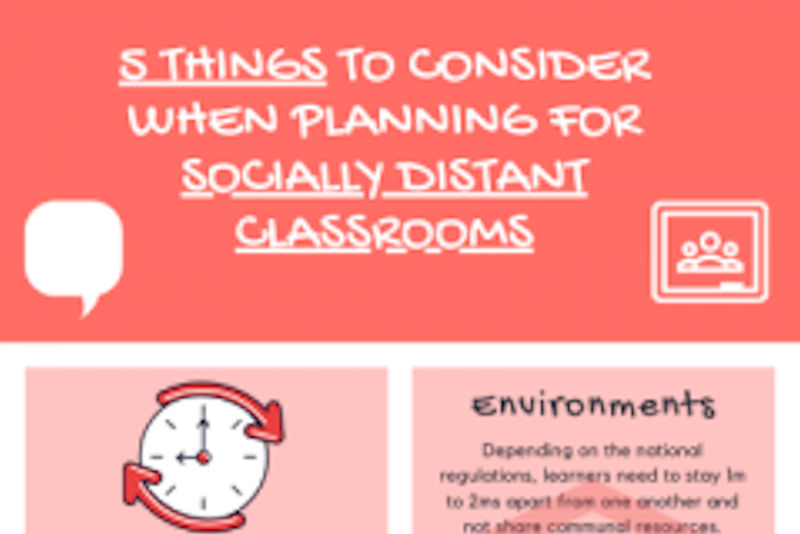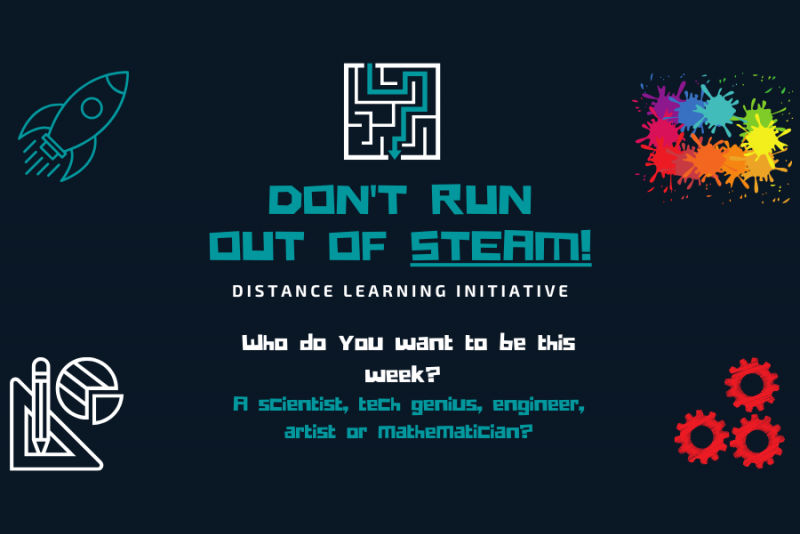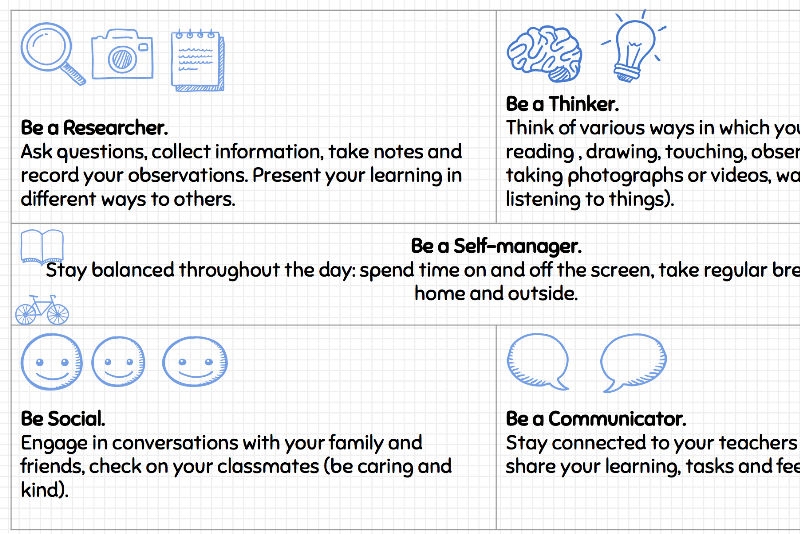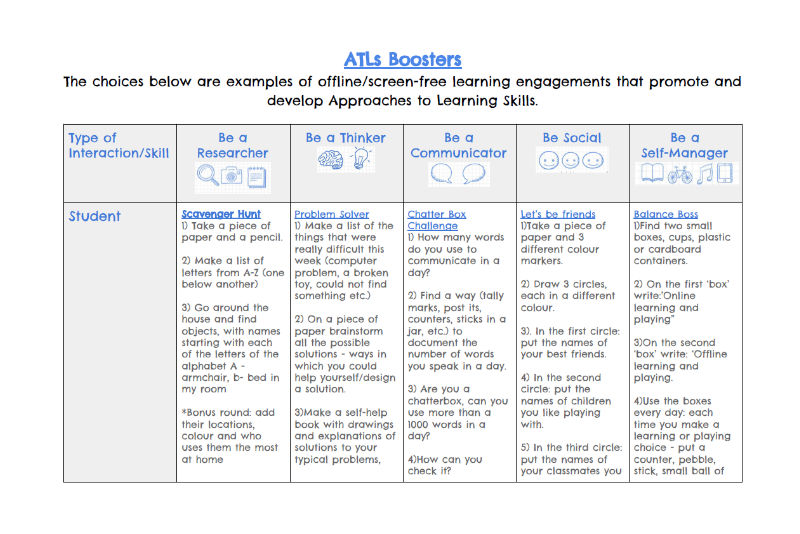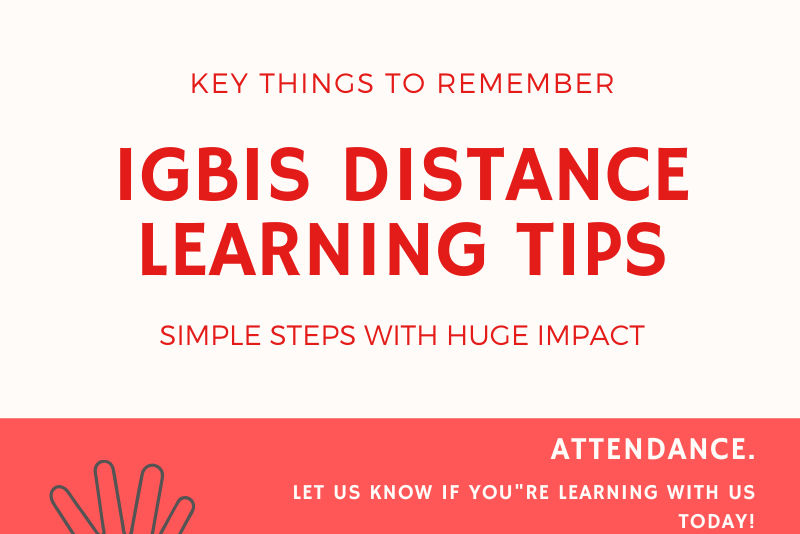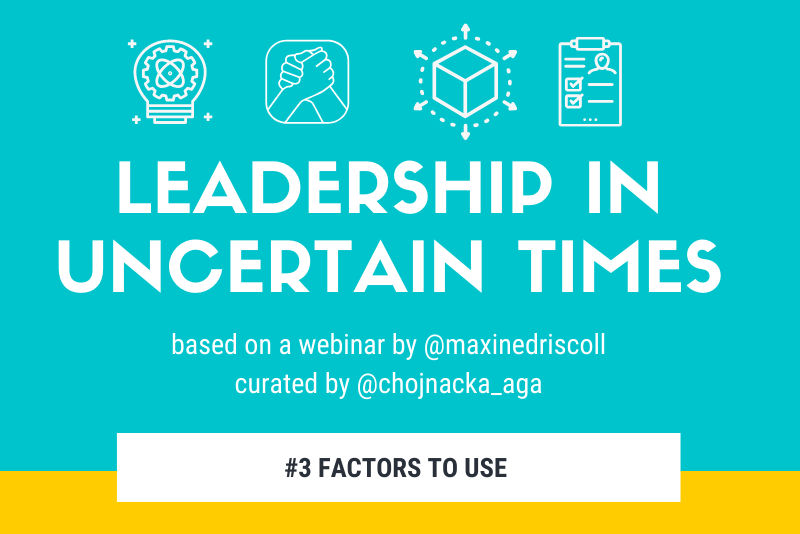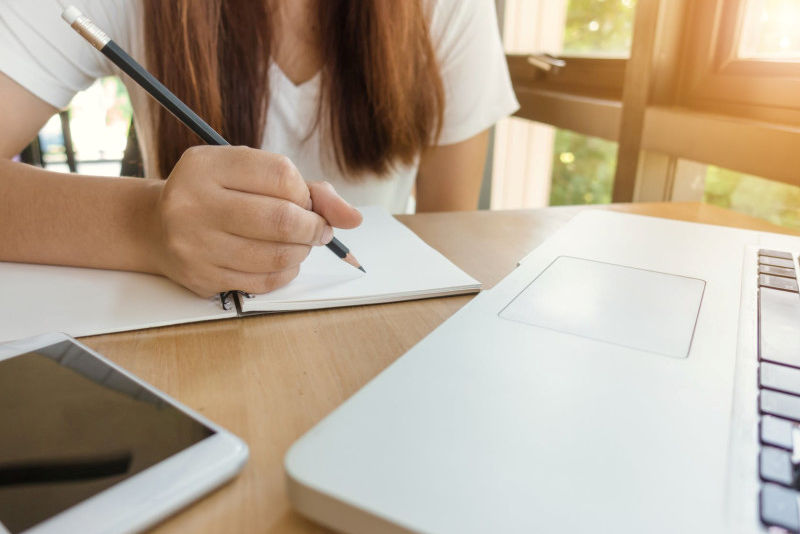Distance Learning
As we start getting ready to reopen our schools and campuses here in Asia-Pacific, questions start to emerge.
How many children can stay in one classroom space? Should we host after school activities? How about PE?
What does outdoor recess look like? How do we go about planning the early years' provocations?
I have put together a graphic organizer and a series of YOUTUBE clips to start discussions and planning for the new normal of our classrooms.
I hope you can join me in collaboration and together we can work towards re-imagining our transitions, environments, relationships, communications, and collaboration to our teaching and learning in the new normal.
We have been in a distance learning and teaching mode for the past 7 weeks at IGBIS.
We have experienced various levels of engagements at first but as we kept reflecting and improving the model, the families have all built a routine that worked best for their unique circumstances. With the routine came also lower motivation.
To reignite our students' and families' passion for learning we have designed a week-long "Do not run out of STEAM challenge". Our distance learning choice grids have been overhauled and turned into "Who do you want to be today? - A Scientist, Tech genius, Engineer, Artist or Mathematician? choices and challenges.
Distance learning requires striking a different kind of balance than the one in the classroom, where children's lives are moderated by their environment, schedules and interactions with peers and teachers.
I have been reflecting on how to best help our learners, young and old balance their digital citizenship and well-being.
I have used the PYP Approaches to learning skills as an organizing structure for balancing our distance learning life.
How do you help your learners organize themselves in their distance learning choices? How do you support them in staying balanced?
A lot of distance learning opportunities offered by schools become ONLINE learning.
It's important to remember that distance/remote/home learning is not synonymous with ONLINE learning.
What is more, rich and impactful learning can happen away from the computer with children engaging in everyday housekeeping, conversations with their significant adults and siblings, playing board games, reading books or looking after the house pets and plants.
In order to support our families in achieving online-offline learning balance, I've designed a collection of hands-on and screen-free or screen-light learning experiences that children can easily dive into at home.
I wonder which ones are your family's or class's favourites?
As we support of parent and student learning community while getting used to the distance learning context, I've been developing various infographics to help with the key routines and obtaining balance.
Here are some of them aimed at our elementary parents and students community.
As we continue in the distance learning mode I make it a priority to learn and reflect on my learning every day. Today it was the #inquirybythefire webinar by Trevor Mackenzie, Kath Murdoch and Kimberly Mitchell.
https://www.youtube.com/watch?v=jjdWCyQhmVc&feature=emb_title
Great food for thought.
The infographic on the left is my personal take-away from the webinar.
I wonder what resonated with you.
Let me know.
Episode#2:
We had gone into campus closure and distance learning on March 17th, 2020. In order to document and reflect on my journey I've been reflecting weekly on the key moment, highlight or low point of each week.
This week my reflection is my schedule. I've been trying to build and maintain a healthy and balance routine that supports me, my girls and dogs and my work from home. This infographic is my attempt to organize and visualize my daily flow for myself and my colleague educators.
I wonder what your days look like? How are they different from your regular routine?
Do share.
I've recently participated in a webinar on Leadership in Uncertain times and put together my notes in a form of an infographic.
I'm curious to hear how other people's teaching and leading styles have changed in this situation.
How have you transitioned from teaching or leading teaching and learning in a regular school context into this new situation?




